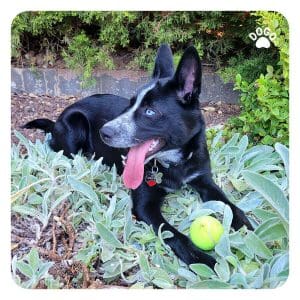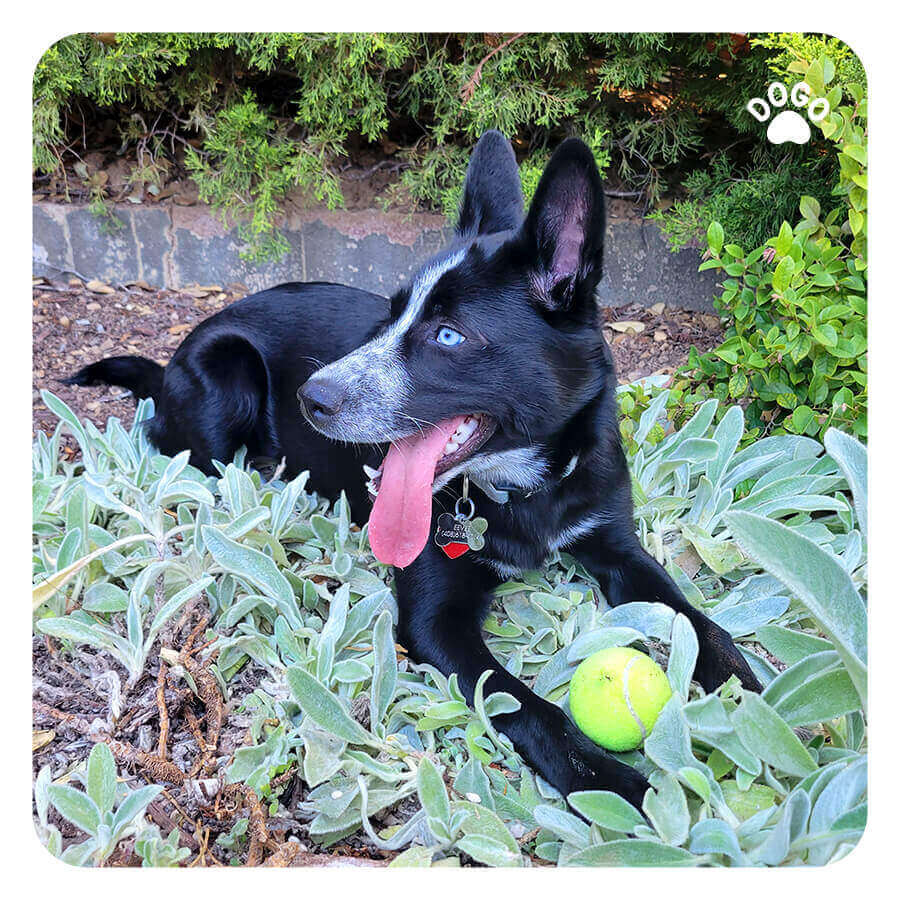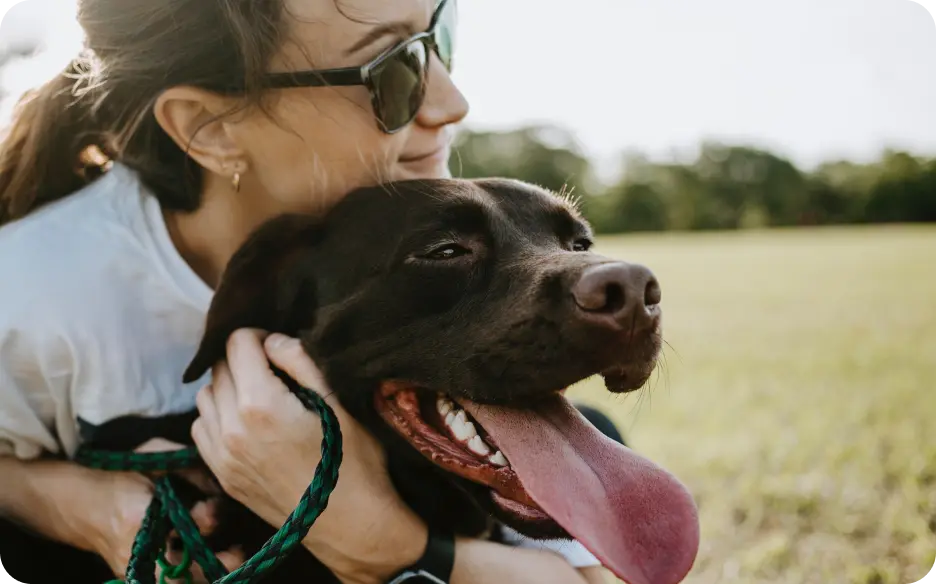 Puppies are little bundles of energy that can get into a lot of trouble. That’s why exercise is so important for them to release that energy, but if the exercise is too strenuous, it can actually be detrimental to their health. What does safely exercising your puppy mean?
Puppies are little bundles of energy that can get into a lot of trouble. That’s why exercise is so important for them to release that energy, but if the exercise is too strenuous, it can actually be detrimental to their health. What does safely exercising your puppy mean?
Depending on their breed, puppies are still growing until they reach between 1 and 2 years old. While they are still developing, stressing their bodies with excessive exercise can damage their growth plates and joints, leading to serious issues later in life, especially for larger breeds. Here are ways to safely exercise your puppy until they’re fully grown.
You can also read this article in Dogo App.
Best Exercise for Growing Puppies
One of the best exercises for growing puppies is walking. Walking is fun and easy on joints. Try to keep walks on soft, flat surfaces like grass or soil rather than cement because it’s better for your pup’s joints. Additionally, it’s important to start with short walks and gradually increase the duration as your puppy grows. Over time, you can also increase the intensity of the walks by adding in some hills or inclines. Walking with your puppy is also a great way to bond with them and provide some mental stimulation by allowing them to explore their surroundings.
Another activity that’s safe for all puppies is Dogo’s Basic Obedience Training Program. Teaching your dog new skills and basic commands like “Sit,” “Come,” and “Take-it” not only provides them with a bit of physical exercise, but it gives them a good amount of mental exercise too.
In addition to basic commands, you can also teach your puppy some fun tricks like rolling over, playing dead, and shaking hands. These tricks not only provide mental stimulation but also help build your puppy’s confidence. Training your puppy can also be a great way to redirect their energy and prevent destructive behavior like chewing or digging.
The Dogo Stay Active Program is the perfect way to keep your puppy exercised and teach them 12 new tricks and skills. These include “Spin,” “Twirl,” “Weave,” and “Jump.” The program teaches you how to warm up your dog, stretch their muscles, and help them relax after you’re done.
Exercises for Puppies to Avoid
While a sprint around your yard is OK for your puppy, jogging with you is not.
Other activities like very long walks, hikes, or running next to you as you cycle are not appropriate for young puppies. Until your puppy is fully grown, limit their exercise and always watch them for signs of puppy overexertion like panting, slowing down, and lameness.
Another great way to keep your puppy active is by taking them to a dog park. Socializing with other dogs can be a great way for your puppy to burn off some energy and learn important social skills. However, make sure the dog park is safe and secure and that your puppy has all their necessary vaccinations before going. You can also try playing games like frisbee or fetch in your backyard or a fenced-in area. These activities not only provide exercise but also can help build your bond with your puppy.
Moderation in Puppy Exercise
Exercise your puppy in moderation to prevent bone deformities, hip dysplasia, and arthritis later in life. Three times a day, short walks, training sessions, and play sessions, with rests in between, are the key to keeping your puppy happy and healthy.
In between rests and short exercise sessions, provide your puppy with plenty of toys, including brain-teasing puzzle toys. And incorporate a few games like hide-and-seek, fetch, and tug-of-war into your puppy’s repertoire of exercises.
[/fusion_text]



